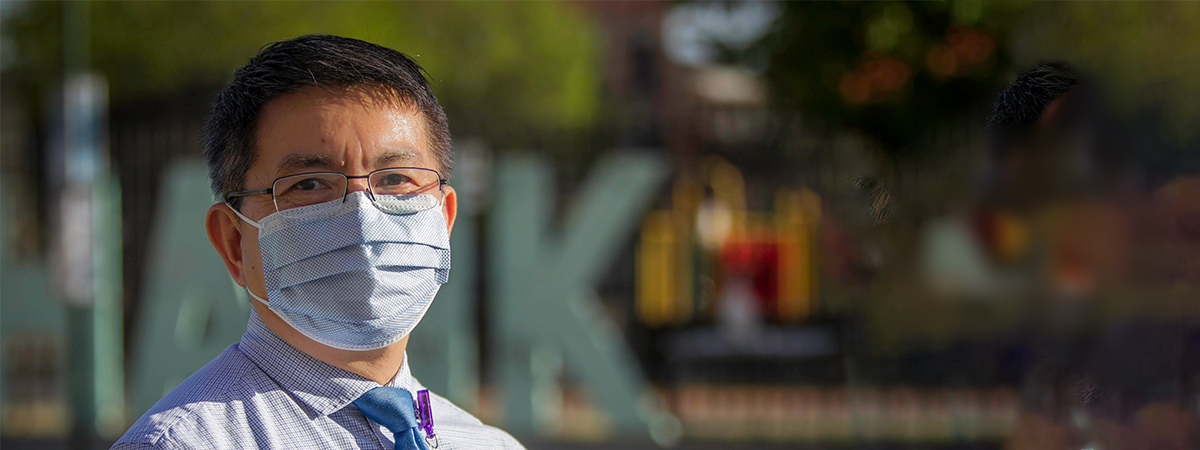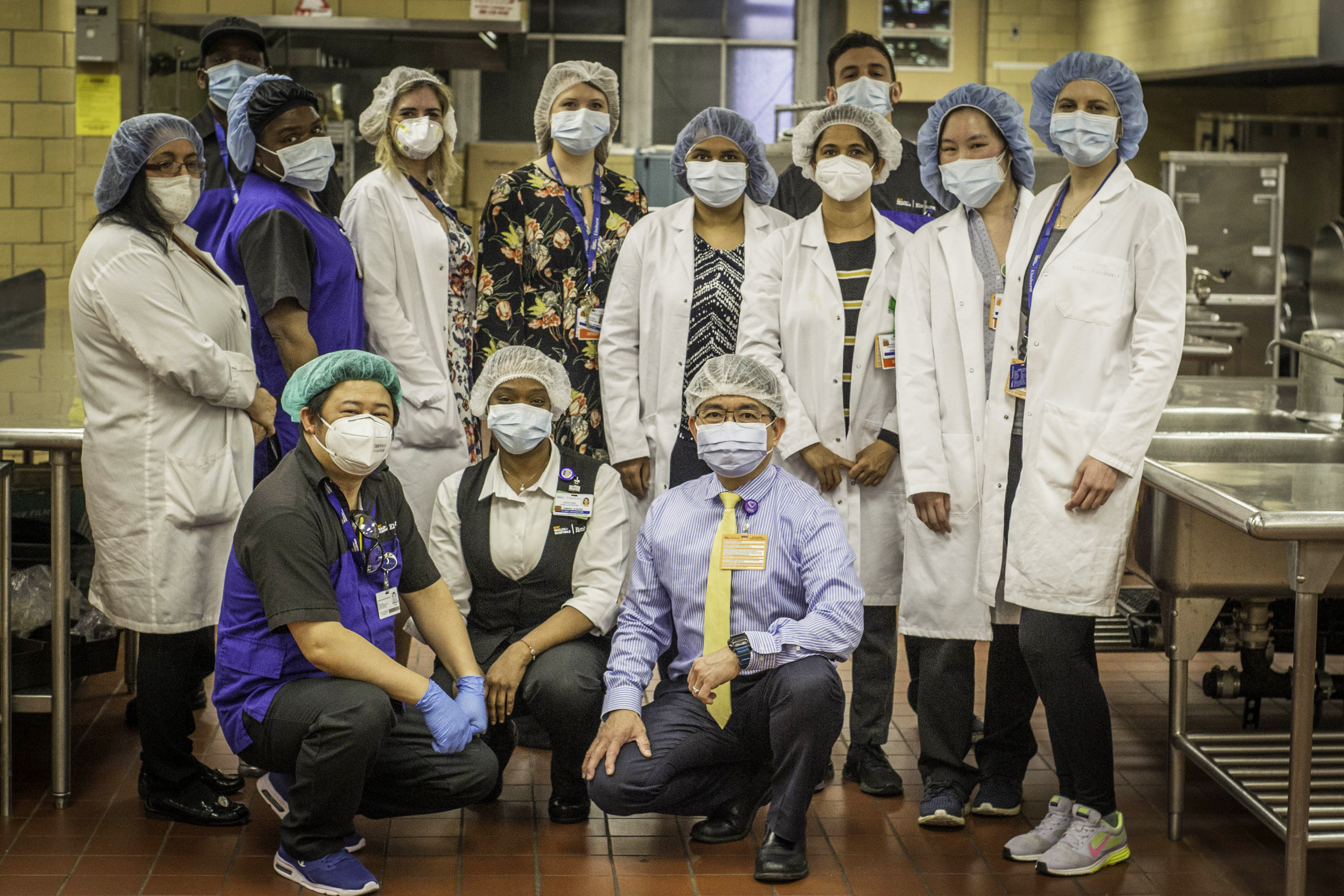Editor’s Note: This article is part of Oliver Wyman's ongoing series about the evolving novel coronavirus (COVID-19) pandemic.
New York City has taken the brunt of COVID-19 cases nationwide. Elmhurst Hospital Center, in New York City’s Queens borough, was one of many epicenters within this epicenter. Conditions here, said one medical resident in The New York Times, were “apocalyptic.” As Elmhurst now faces a sharp drop in COVID-19 patients, healthcare leaders generally remain anxious, not knowing if the worst is over or if another spike – or series of spikes – is around the corner.
To help leaders better understand what’s next for COVID-19 and learn how heavily impacted organizations responded to the crisis, Jey-Hong Hwang, Sodexo’s General Manager of Food and Nutrition Services at Elmhurst, who oversees food service and clinical nutrition, shares his personal story below about leading his staff through the unknown.
An Early Proactive Approach
Jey-Hong said his team’s main mission is to help patients meet their basic health and medical needs, with a primary focus on patient care and well-being.
“We provide nutritious meals to all patients and adhere to each patient’s medical history and current medical needs while doing so,” he explained. “We also work to meet all food safety guidelines and patient satisfaction levels.”
Jey-Hong’s leadership approach when COVID-19 first hit the news was proactive. He said he tends to follow international news quite closely, and seeing the coronavirus was inevitably going to spread to the United States, he acted quickly. His first steps included preparing disposable utensils and food containers and requesting additional personal protective equipment (PPE) for his staff weeks before the peak hit Elmhurst.
During its peak of coronavirus cases, Elmhurst – a facility with around 545 beds – exceeded 500 beds just for COVID-positive patients alone, most patients admitted being high-risk. Jey-Hong said one of the biggest immediate challenges for his team as the spike began was treating the many patients on ventilators.
“These patients need nutrition support through a tube feeding or Peripheral Parental Nutrition (PPN), which is through an IV,” he said. This process was something dieticians needed to monitor, which he said involved a lot of hard work on their end. For example, dieticians had to recommend and choose the best product for particular patients based on factors like medical history, diet, and so on. In a “normal” scenario, his team would handle around 20 to 25 patients on feeding tubes per day – at their highest COVID-19 patient peak, they handled nearly 100 per day.
Another immediate challenge, he said, was finding enough people to help provide service and support. Some hospital workers tested positive for COVID-19 – including seven in his department. Some of them were hospitalized. Fear among colleagues increased, he said, and others became afraid to come to work. At one point, their staff was down by nearly half. For those that remained, this meant longer hours.
“I worked 43 days nonstop,” he said.
For him and his team, outreach for additional staff was critical. He worked with Sodexo’s leadership team to set up a program to bring in workers from different areas to help fill staffing shortages. Sodexo works with many hospitals and health systems in the area and being able to be agile in a time of crisis was key, he explained.
Leading Through Chaos
Jey-Hong said his biggest role during this time was to present a sense of calm through the storm and ensure staff was physically and emotionally safe and sound. It was the little things, he said, like him joking and laughing with those around him to try and make people smile when they were at their most vulnerable, that helped spread joy during an incredibly difficult time.
He also said ensuring the dissemination of accurate information at this time was critical, as misinformation and confusion was rampant among his teams.
“I would encourage them and provide them the correct information from the Centers for Disease Control and Prevention (CDC) because, honestly, there were so many rumors during this time,” he explained.
Beyond the four walls of the hospital, Jey-Hong and his team also helped residents near the hospital better understand the importance food and nutrition play in their health. Within their diverse local patient community – one where over 160 different dialects are spoken – they regularly taught people from all different backgrounds and nationalities how to keep their food safe and properly handle it. They even provided nutritious cooking demos for people in different locations across the community, like the local fire department, park, school, or library.
Along these lines, Jey-Hong also assisted local restaurants in the review of their menus, to highlight healthy options for consumers so they could better prioritize their health more easily. Their goal, he said, was simple: “Nutrition is preventive medicine.”
Planning for the Unknown
Jey-Hong said the future is about preparation, especially when there is so much uncertainty around what will happen next. “You have to think about PPE as a part of your future supply. In our work with Sodexo, for example, we keep days of extra supply as an emergency. This way, if there is suddenly no power, no water, nothing, we can still provide our 545 beds with key necessities for a while longer.”
Peering into the future, he emphasized the importance of timing during a COVID-19 patient spike. Support staffing capabilities when the peak starts, he said – not after the peak has passed.
Emphasized Jey-Hong, “That’s too late.”


